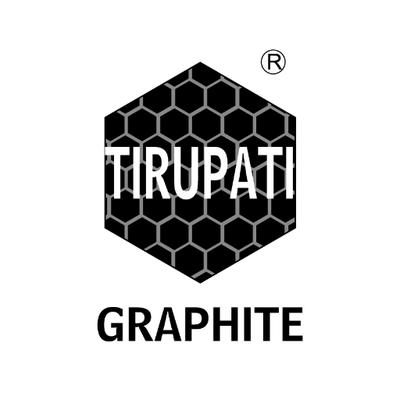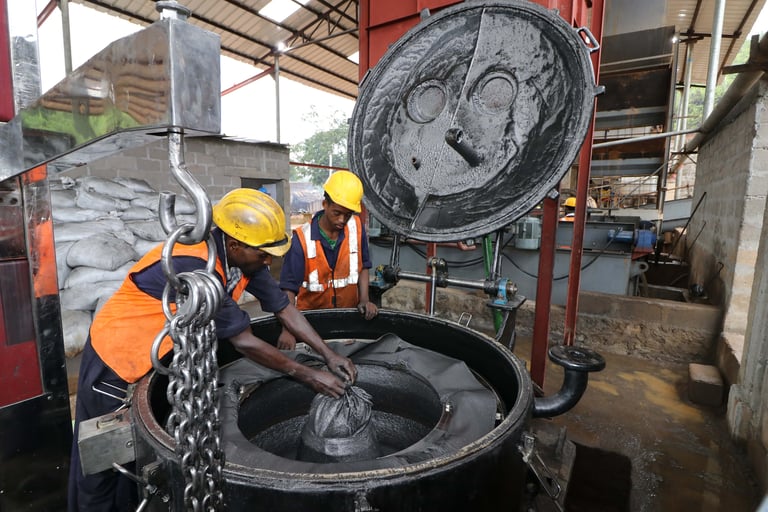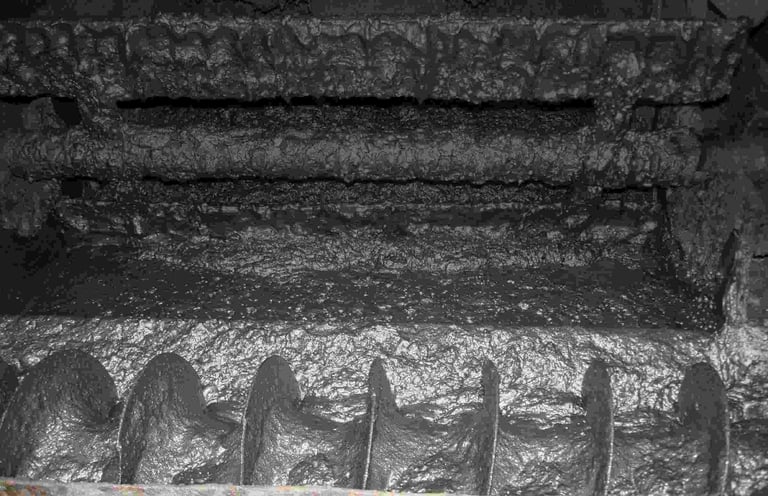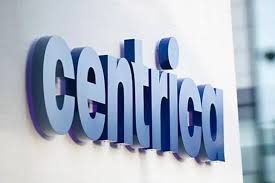Graphite is no longer just a minor industrial input. Its unique properties have placed it at the heart of the energy revolution, with electric vehicle manufacturers, battery producers and technology giants scrambling to secure reliable supply. Each electric vehicle battery requires up to 100 kilograms of graphite, ten times more than lithium, making it the single largest material by volume in a lithium-ion battery. This dependency is only set to grow as global electrification accelerates.
Yet the importance of graphite extends far beyond electric vehicles. High-purity graphite is a critical component in nuclear reactors, where it is used to control and moderate neutron activity. Its unrivalled thermal stability, capable of withstanding temperatures exceeding 3,000 degrees Celsius, makes it indispensable in steel production and metallurgical processes. In the fast-growing data centre and electronics sectors, graphite’s thermal conductivity helps prevent overheating, ensuring the performance and longevity of critical systems. Expandable graphite also plays a vital role in fire-resistant building materials, supporting the push for safer, greener construction.
While demand surges, global supply remains heavily concentrated. China currently dominates the graphite market, controlling around 80 percent of processing capacity across both natural and synthetic forms. This dominance allows China to strategically manipulate prices, restrict exports and maintain its grip on downstream manufacturing industries. Such control creates a major vulnerability for Western economies seeking to build secure, independent supply chains.
Chinese producers have historically employed aggressive pricing tactics, undercutting competitors to discourage new market entrants. By keeping prices artificially low while scaling their own capacity, Chinese firms have succeeded in suppressing Western investment. This market distortion poses a significant challenge for companies aiming to establish alternative processing and manufacturing hubs outside China.
Governments are beginning to respond. Recognising the strategic risks of over-reliance on Chinese supply, policymakers are accelerating efforts to develop domestic graphite supply chains. These initiatives include financial support for new processing facilities, tax incentives, fast-tracked permitting and targeted investments in downstream industries. Such measures are designed to attract capital, reduce import dependency and enhance national resilience.
Graphite comes in two main forms—natural flake and synthetic. Each presents unique advantages and challenges. Natural graphite offers superior energy density and lower extraction costs, but supply outside China remains limited and quality can vary. Synthetic graphite delivers consistent performance and is easier to scale industrially, though production is energy-intensive and more expensive. Most battery manufacturers prefer a tailored blend to balance cost, performance and availability.
Market analysts forecast a significant shortfall in natural graphite supply, particularly from regions outside China. This structural deficit presents both opportunity and risk. New projects capable of meeting battery-grade specifications stand to benefit from strong pricing and customer demand. However, securing financing, navigating regulatory hurdles and managing technical challenges remain formidable obstacles.
Investors must also consider broader market risks, including potential shifts in battery technology, the pace of EV adoption, and ongoing geopolitical tensions that could disrupt trade flows. Successful projects will be those with robust economics that can weather market volatility and deliver consistent, high-quality supply to end-users.
Despite its lower public profile compared to rare earths, graphite is arguably more critical to the energy transition. Its sheer volume requirement in mass-market applications like electric vehicles makes it a material of strategic economic importance. With demand set to outpace supply in the coming years, the market is primed for those who move early and back the right projects.
Tirupati Graphite PLC (LON:TGR) is a fully integrated specialist graphite and graphene producer, with operations in Madagascar and Mozambique. The Company is delivering on this strategy by being fully integrated from mine to graphene. Its global multi-location operations include primary mining and processing in Madagascar, hi-tech graphite processing in India to produce specialty graphite, and a state-of-art graphene and technology R&D center to be established in India.







































